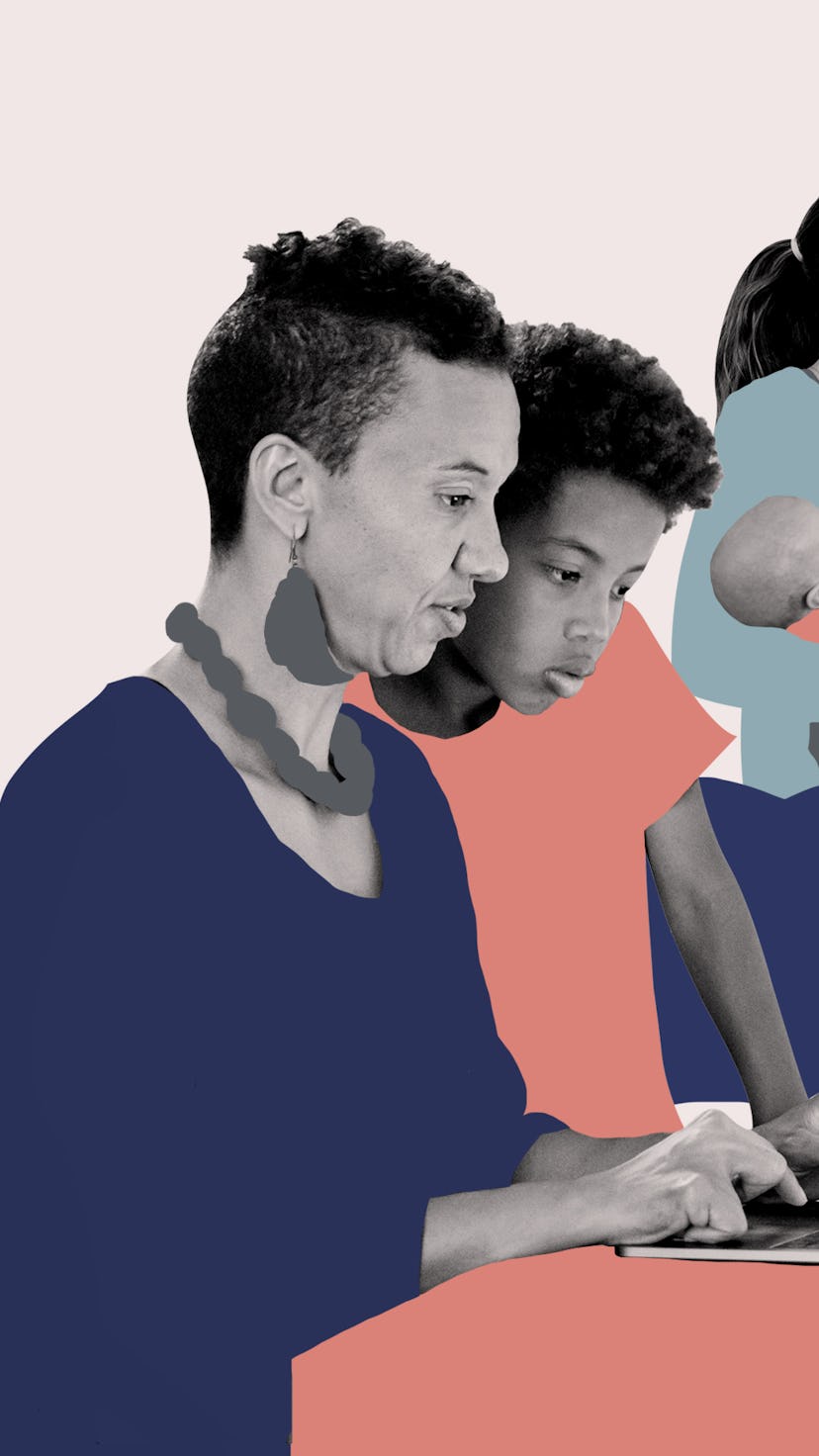golero/Getty
COVID-19 has caused a “she-cession,” worsening gender, racial, and economic inequality. Hundreds of thousands of moms have fled or been forced from the workforce. Some are “lucky” and don’t need jobs in order to keep food on the table. Some are descending into poverty.
Marko Geber/Getty
Mothers’ work hours dropped four to five times more than fathers’ between March and April. Many mothers reduced their work hours by about 5%, or two hours per week, but fathers’ work hours were pretty much the same. The gender gap in work hours has increased by 20–50%.
FG Trade/Getty
Women of color are more likely to be employed in the service sector, which is disproportionately affected by COVID. 28% of Black women work in service jobs; one-fifth of white women do. A fifth of child care jobs are gone; 20% of child care workers are Latina while 19% are Black.
gilaxia/Getty
Women contribute enormously to families’ finances. Some 64% of U.S. mothers are co- or primary breadwinners; 84.3% of Black mothers are co- or primary breadwinners. Some 78% of Black mothers with children work, compared to 66% of white, Asian American, and Latinx moms.
David Prado/Stocksy
Women’s labor adds $7.6 trillion to the U.S. GDP yearly, more than Japan’s entire $5.2 trillion GDP. But senior-level women are 1.5 times more likely than senior-level men to consider leaving work now. The gender gap will widen in leadership, creating a “broken rung” in ladders toward promotions.
SolStock/Getty
